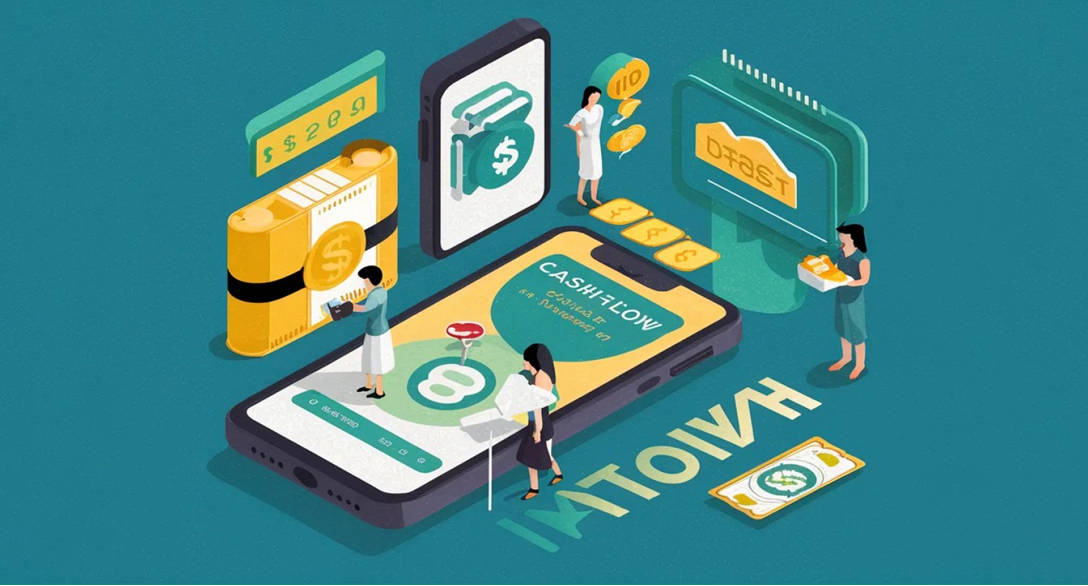1. Micropayments Becoming the Pulse of Digital Commerce
As South Korea tightens its grip on the digital frontier, one component continues to evolve at lightning speed: the micropayment ecosystem. Once dismissed as trivial transactions, small payments—typically under ₩10,000—now form the foundation of Korea’s digital economy in 2025. Whether it’s paying for e-books, tipping streamers, or buying mobile game upgrades, these micro-flows power a vibrant, highly engaged digital landscape.
But with exponential usage comes responsibility. This ecosystem is no longer just about convenience—it’s about user safety, cash-out transparency, and regulated boundaries.
2. Anatomy of Korea’s 2025 Micropayment Stack
South Korea’s micropayment architecture isn’t one-size-fits-all. It spans:
- Telecom billing-based payments integrated into monthly phone bills
- Mobile carrier wallet services such as SK Pay or KT Micropay
- Third-party fintech apps managing micro-credit and digital receipts
- Automated cash-out channels linking mobile balances to bank accounts
These micro-ecosystems coexist, often overlapping, allowing users to fluidly navigate between earning small digital incomes and redeeming them—sometimes within seconds.
3. Regulatory Frameworks: What Changed in 2025
The rise of small cash-outs brought intense scrutiny from regulators. To avoid misuse, Korea’s Financial Services Commission (FSC) implemented new guidelines in early 2025:
- Daily cash-out limits of up to ₩300,000 for verified users
- Mandatory KYC authentication for all micropayment cash-out accounts
- Suspicious activity monitoring across telecom and fintech databases
- Data transparency laws requiring platforms to share audit trails with users
These regulations aim to protect consumers from fraud, while also ensuring that small cash-outs aren’t used for laundering or untraceable transactions.
4. Consumer Experience: Trust, Speed, and Education
The average Korean user in 2025 is mobile-savvy but increasingly cautious. Security-conscious design and transparency now directly influence user loyalty.
Most platforms incorporate:
- Real-time alerts for every transaction
- Itemized receipts and digital proof-of-cash-out
- FAQ hubs and user-friendly guides explaining platform limits
- Visual safety meters that highlight transaction credibility
In fact, the introduction of animated walkthroughs and gamified risk indicators within apps has proven wildly effective in reducing user error.
5. Limits: Safety Net or Friction?
The 2025 debate isn’t whether limits are necessary—it’s how much is too limiting. Daily and monthly cash-out ceilings were introduced as protective barriers but have also created bottlenecks for certain users like creators and freelance workers, who often accrue several micro-earnings daily.
Fintech platforms like Zeropaybank and Toss have started introducing dynamic limits that expand based on a user’s verified activity and trust score—sort of like a micro-credit system tied to one’s behavior rather than income.
This strikes a balance between autonomy and regulation—a delicate line in an increasingly surveillance-aware society.
6. The Role of Secure Cash-Out Design
Fintechs are now judged not only on speed but on the clarity and trustworthiness of their withdrawal design. UI/UX elements like:
- Delay timers for reviewing outgoing requests
- Chatbot-assisted fraud checks
- Withdrawal PINs separate from app login credentials
- Geo-location flags for suspicious withdrawals
…have become baseline features. These micro-layers of protection offer peace of mind even in fast, tap-and-go environments.

7. Case Study: Lessons from Micropayment Mishaps
In late 2024, a minor breach in a lesser-known platform allowed ₩50,000 to be drained from several thousand users’ linked accounts due to insufficient OTP verification. While the scale was small, the media attention was not. The result? Nationwide adoption of mandatory biometric locks for all new cash-out services.
This incident showed that even small transactions can lead to massive trust fallout. Since then, platforms have collectively leaned into “zero-trust” models, validating every small action before allowing digital liquidity.
8. Where the Market Is Headed Next
Looking ahead, the lines between micropayment platforms and digital banks will blur further. Expectations include:
- AI-driven fraud detection tailored to user cash-out behaviors
- Cross-border micropayment settlement for Korea’s expanding content export market
- Standardized APIs for mobile cash-out services across telecom and fintech providers
- Integration with NFT royalty systems and creator monetization layers
Some experts believe that micropayments will become the bedrock of new financial literacy models, especially for younger generations who start their financial journey not with debit cards—but with in-game coins and cash-out credits.
At the core of this evolution remains the need for clarity, fairness, and accessible design. The ecosystem may be small in transaction size, but it carries immense economic and social weight.
9. Final Thought: Scaling Trust One Won at a Time
In a world obsessed with speed and scale, Korea’s 2025 micropayment model reminds us that trust doesn’t need to be large to be powerful. It only needs to be consistent.
As mobile-first users navigate this landscape, the digital economy’s most important currency might not be the won—it might be the user’s sense of control.
That’s why platforms investing in “소액결제 현금화 안전 가이드” content, multilingual FAQs, and biometric-first experiences aren’t just winning compliance. They’re winning hearts.

